As the New Year rolls in, many of us are setting goals to improve our health and well-being. One of the most impactful changes you can make is choosing foods that fuel your body, enhance energy, and support long-term health. This guide explores the best foods to eat in 2025 to help you stay on track with your New Year’s resolution and live a healthier life.
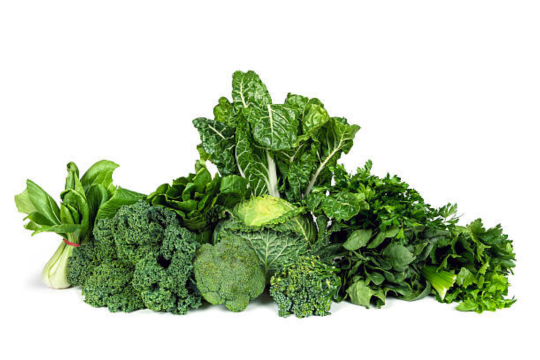
1. Leafy Greens: Nutrient Powerhouses
Examples: Spinach, kale, Swiss chard, and arugula.
Why They’re Great: Leafy greens are low in calories (about 25 calories per cup) and packed with essential nutrients like vitamins A, C, and K, as well as folate and iron. These nutrients support immunity, energy production, and overall health.
How to Incorporate: Add them to salads, smoothies, or soups for a nutritional boost.

2. Lean Proteins for Muscle and Metabolism
Examples: Skinless chicken breast, turkey, tofu, eggs, and salmon.
Why They’re Great: Lean proteins are critical for muscle repair and metabolism. A 3-ounce serving of chicken breast has about 140 calories and 26 grams of protein. Salmon also provides omega-3 fatty acids, which reduce inflammation and support heart health.
How to Incorporate: Grill or bake proteins and pair them with vegetables or whole grains.

3. Whole Grains for Sustained Energy
Examples: Quinoa, brown rice, oats, and farro.
Why They’re Great: Whole grains provide fiber, vitamins, and minerals while keeping you full for longer. For example, 1 cup of cooked quinoa has about 220 calories and 5 grams of protein, making it an excellent option for energy and satiety.
How to Incorporate: Use as a base for bowls, add to soups, or serve as a side dish.

4. Healthy Fats for Brain and Heart Health
Examples: Avocados, nuts, seeds, and olive oil.
Why They’re Great: Healthy fats improve cholesterol levels, support brain health, and reduce inflammation. A medium avocado contains approximately 240 calories and 21 grams of healthy fats.
How to Incorporate: Add avocados to toast or salads, drizzle olive oil on veggies, or snack on a handful of almonds (about 160 calories per ounce).
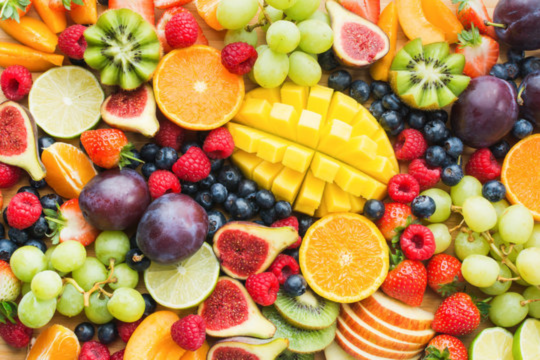
5. Vibrant Fruits for Antioxidants and Fiber
Examples: Berries, oranges, apples, and kiwis.
Why They’re Great: Fruits are rich in antioxidants, vitamins, and natural sugars that provide quick energy. One cup of mixed berries has about 70 calories and provides 8 grams of fiber, which aids digestion and weight management.
How to Incorporate: Enjoy fruits as a snack, dessert, or smoothie ingredient.
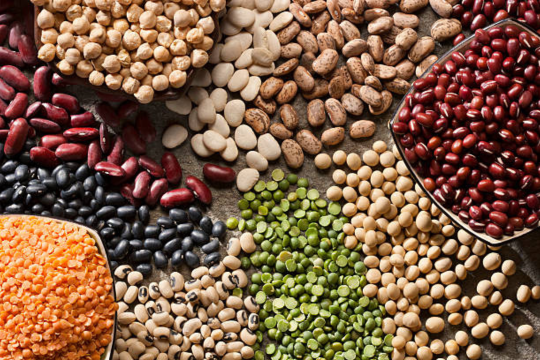
6. Legumes: Budget-Friendly Nutritional Giants
Examples: Lentils, chickpeas, black beans, and edamame.
Why They’re Great: High in protein, fiber, and complex carbs, legumes support heart health and stabilize blood sugar levels. One cup of cooked lentils contains about 230 calories, 18 grams of protein, and 15 grams of fiber.
How to Incorporate: Use in soups, salads, or veggie burgers.
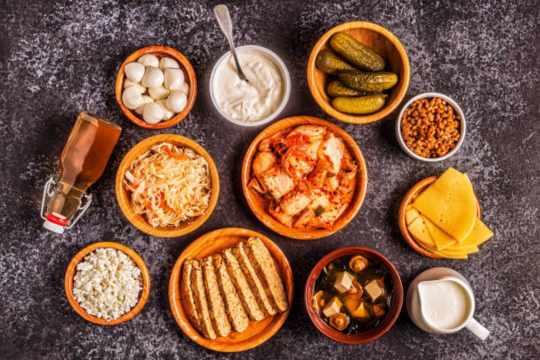
7. Fermented Foods for Gut Health
Examples: Yogurt, kefir, sauerkraut, kimchi, and miso.
Why They’re Great: Fermented foods are rich in probiotics, which improve digestion and support a healthy gut microbiome. A 6-ounce serving of plain Greek yogurt contains about 100 calories and 10 grams of protein.
How to Incorporate: Add to meals as a side or enjoy as a snack.

8. Hydrating Foods for Skin and Energy
Examples: Cucumbers, watermelon, celery, and zucchini.
Why They’re Great: These foods are high in water content, keeping you hydrated and supporting cellular function. One cup of cucumber slices has only 16 calories and provides hydration along with vitamins and minerals.
How to Incorporate: Use in salads or as a snack with hummus.
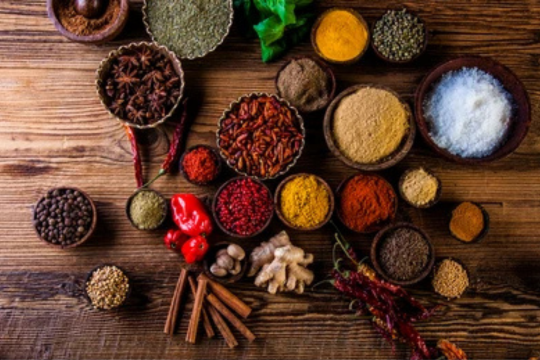
9. Spices for Flavor and Health Benefits
Examples: Turmeric, ginger, cinnamon, and black pepper.
Why They’re Great: Spices like turmeric contain curcumin, which has anti-inflammatory properties. Ginger aids digestion, while cinnamon helps regulate blood sugar levels.
How to Incorporate: Add to teas, soups, or roasted vegetables for a flavorful and healthful boost.
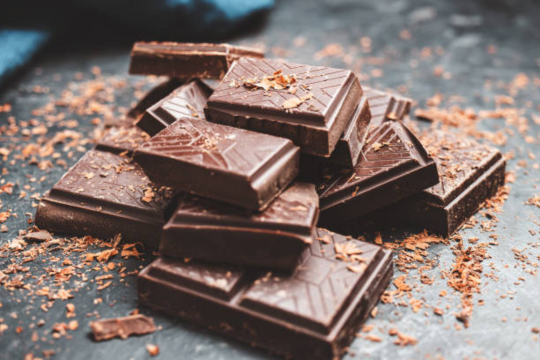
10. Dark Chocolate for a Healthy Treat
Why It’s Great: Rich in antioxidants and flavonoids, dark chocolate (70% cocoa or higher) supports heart health and reduces stress. One ounce contains about 150 calories, making it a guilt-free indulgence.
How to Incorporate: Enjoy as an after-dinner treat or melt it to drizzle over fruits.
Pro Tips for Sticking to Your Healthy Eating Resolution
- Meal Prep: Plan meals ahead to avoid impulsive, unhealthy choices.
- Mindful Eating: Focus on portion control and savor each bite.
- Stay Hydrated: Drink plenty of water throughout the day to support metabolism and energy.
- Use Apps: Track your food intake to stay accountable.


